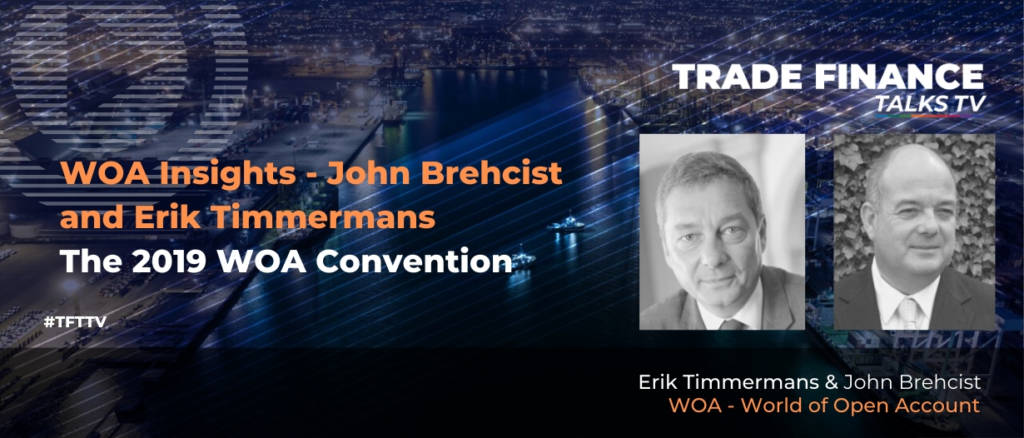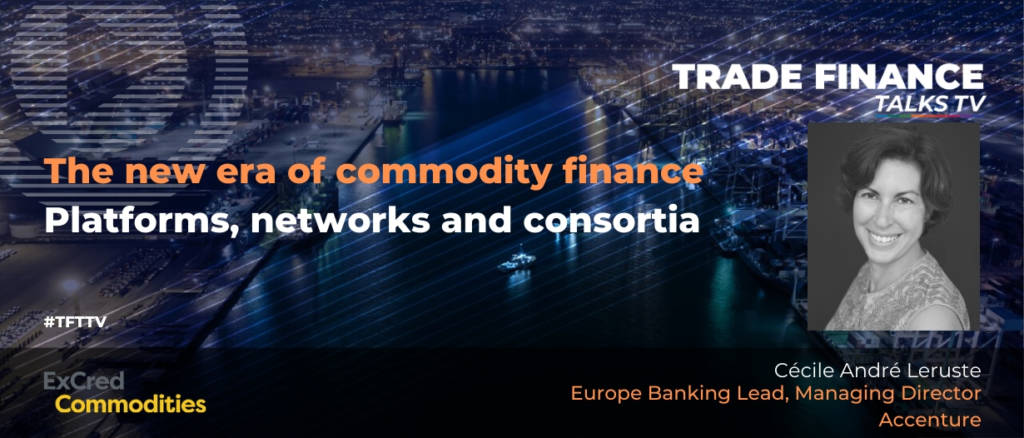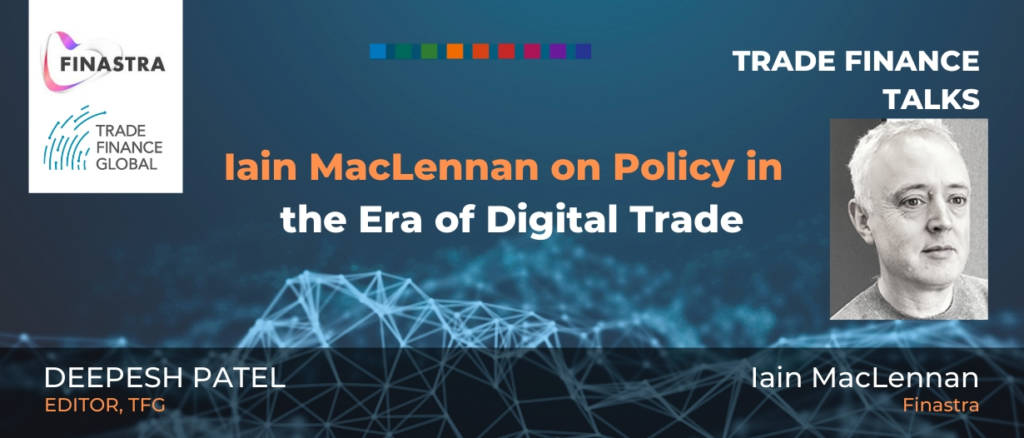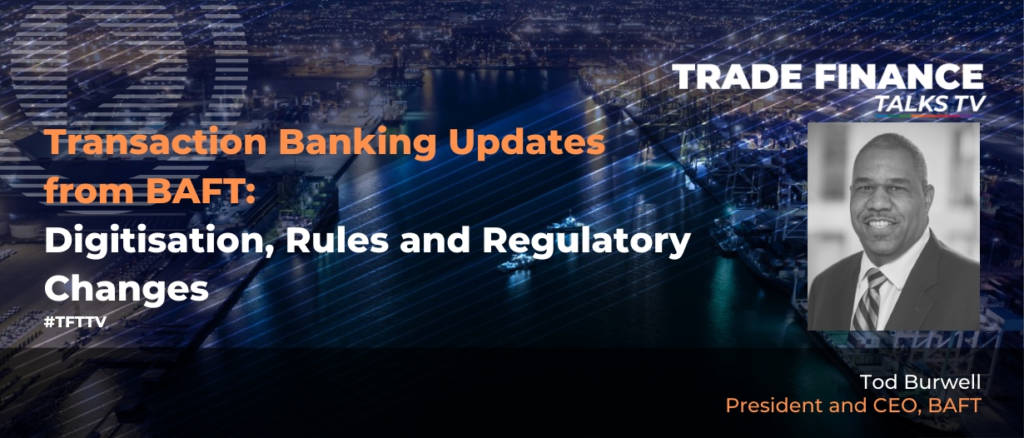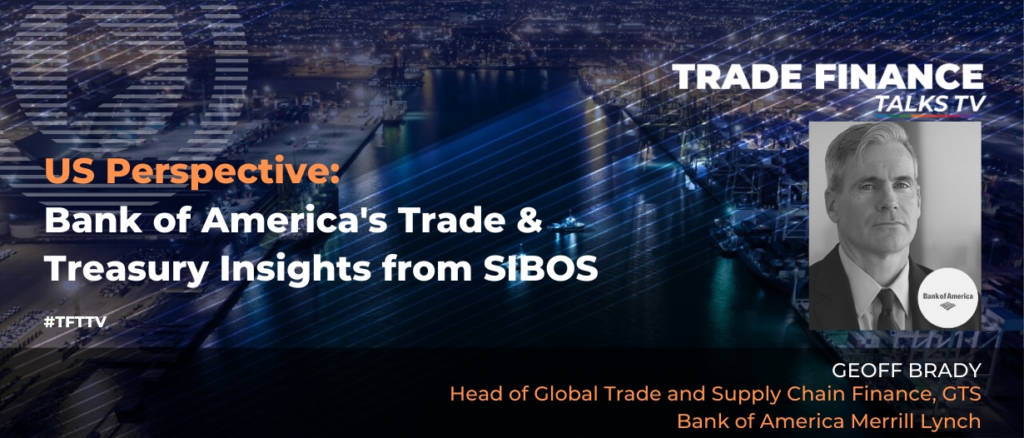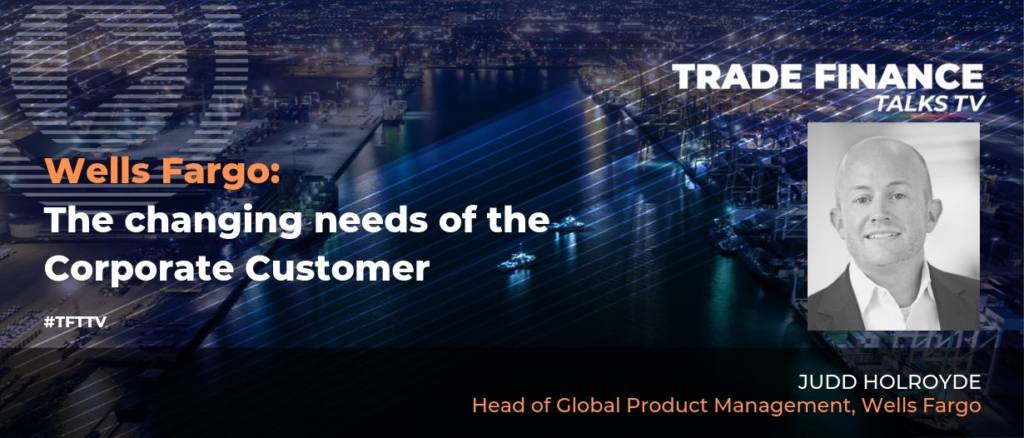It seems nowadays unicorn businesses are emerging in the venture capital scene with accelerating frequency. With an increasingly mobile and technologically capable world, fin-tech companies and eCommerce startups are dominating most of the visible market now. Is startup growth really as proliferate and fast-paced as it may seem? The answer is an unsurprising, billion-dollar “yes”.
Open Account financing is going through a period of rapid change, thanks to digital innovation and competition. Recognised as a safe and flexible way for financing the real economy, we caught up with Erik Timmermans, founder of WOA, and John Brehcist, at their annual convention, to discuss the hottest topics in receivables finance.
Trade and supply chain finance is at the forefront of innovation as there are currently many pain points for corporate clients and banks. As the industry moves towards a platform model, we heard from Accenture’s Cecile Leruste on thee major transition and megatrends going on in commodity finance.
Swieqi, Malta & Ann Arbor, USA – 24 October 2019: essDOCS, the leading enabler of paperless trade, today announced its partnership with FreightRoll, a provider of inventory custody transfer and… read more →
TFG caught up with Iain MacLennan, Head of Trade & Supply Chain Finance at Finastra, on the key trends in trade and supply chain finance in an era of uncertainty and geopolitics, in preparation for the World Trade Symposium which will be held in New York on the 6th and 7th November.
Banks are often slow to adopt the latest technology, and in many cases that is warranted. As highly regulated institutions tasked with protecting valuable data, banks understandably want to avoid “running with scissors.” By starting slow with simply implementing APIs in a few areas, they can begin to modernize and ultimately provide streamlined payments solutions, like RTPs, to their largest pool of customers.
Anglo-Gulf Trade Bank (AGTB), the world’s first digital trade bank, announced today that, starting in November 2019, it will be offering qualified businesses registering in Abu Dhabi Global Market (ADGM), the International Financial Centre in Abu Dhabi, a fast-track process for opening a starter corporate account.
We caught up with the President of the Bankers Association for Finance and Trade (BAFT). We talked about the balance of human capital and technology in the international transaction banking, about the amendments of the funded master risk participation agreement and how trade-based money laundering can be eradicated.
We interviewed Geoff Brady, Head of Global Trade & Supply Chain Finance (GTS) at Bank of America Merrill Lynch. We talked about the physical and financial aspects of the supply chain management, about the importance of Blockchain Consortia in the trade finance space and the BAML’s agenda for the rest of the year.
TFG heard Judd Holroyde, Head of Global Product Management, Wells Fargo. We talked about the changing payments landscape, about SWIFT and SWIFT Gpi and how the FinTech creativity can be used as a customer value proposition messenger.
















